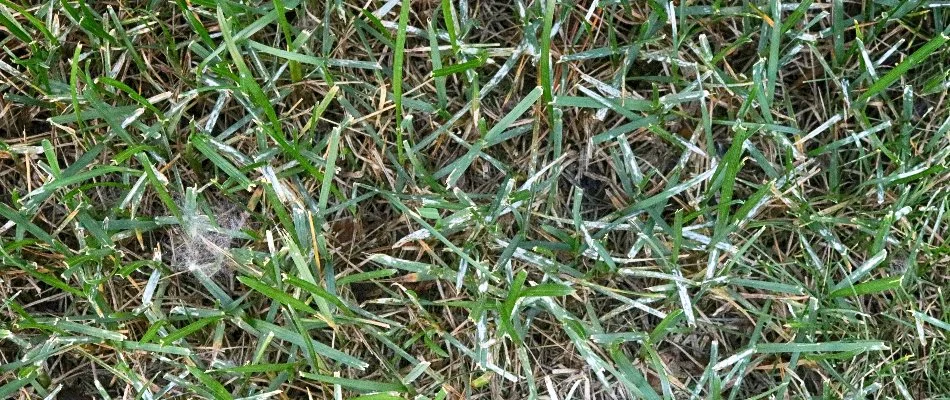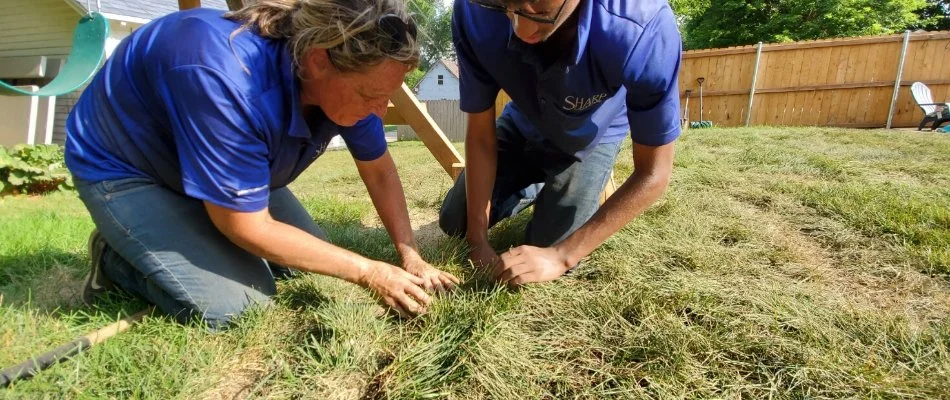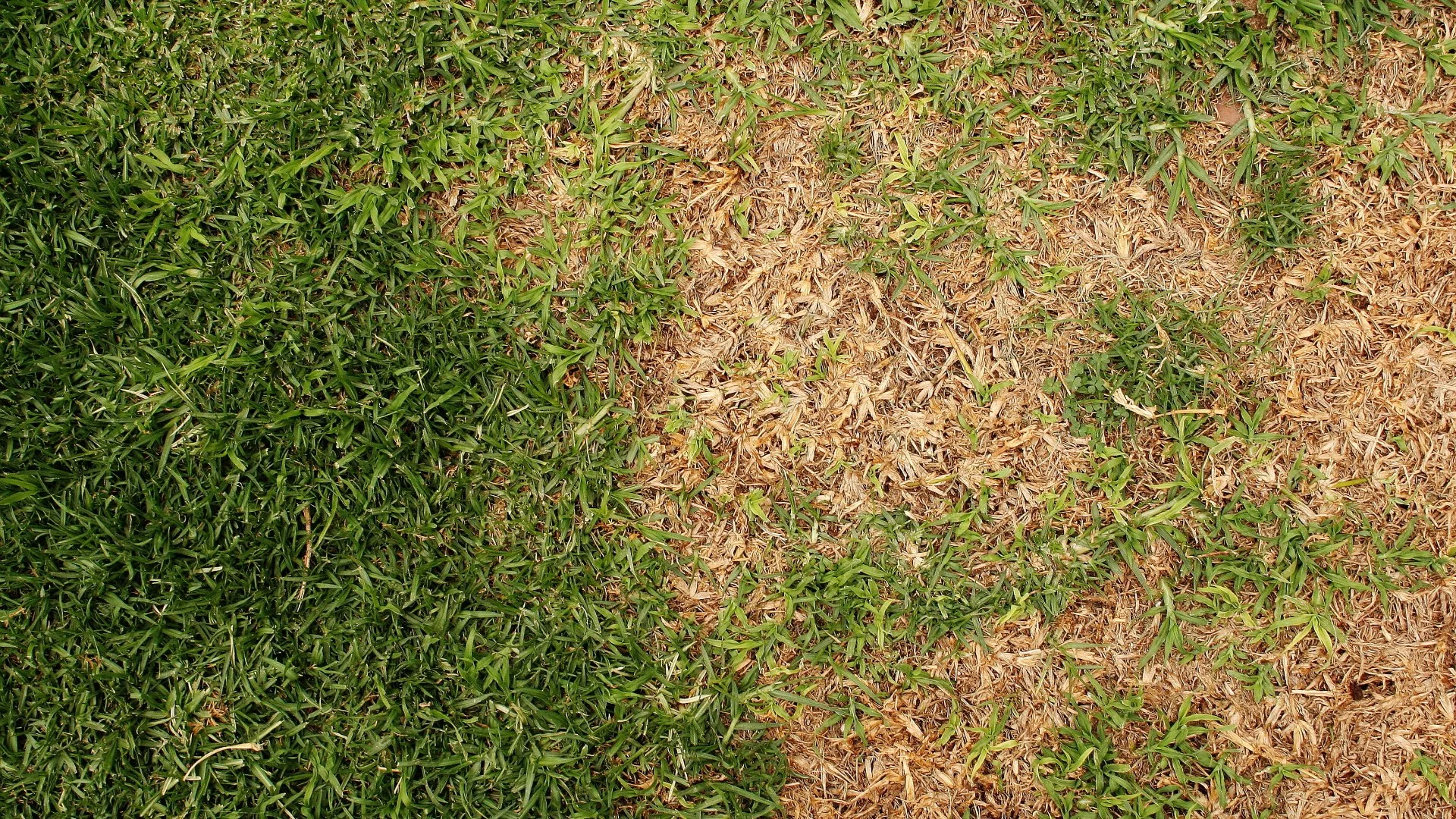If your lawn has discolored patches and weak, thinning grass, it may be battling a turf disease. Fungal diseases are common in South Dakota and can cause severe damage, and the root of the problem is usually poor lawn care practices. However, if you get your lawn onto a treatment plan and stick to it, plus give it enough water, it will have the means to fight off infections. You'll want to consult with your local lawn care professionals, as they have years of experience and can test the soil to create a program tailored to nursing your grass back to health and preventing fungal diseases from causing problems in the future.
What are the signs of turf diseases?

Turf diseases can severely harm your lawn if left to their own devices, but sometimes the signs of one can resemble other issues. However, there are tell-tale indicators to keep an eye out for with different kinds. For example, rust leaves an orange substance on the grass blades, powdery mildew creates white discoloration across affected areas, and leaf spot results in small, brown spots on the grass blades. Other common signs of turf diseases include circular or irregular patches of discolored grass ranging from yellow to brown, weak, thinning areas, and stunted growth.
The Root of Turf Diseases Is Typically Poor Lawn Care Practices
If your lawn is infected with a turf disease, the root of the problem is typically poor lawn care practices; these include over or underwatering, improper mowing and fertilizing, and overly compacted soil. These practices can leave your lawn weak and more susceptible to stressors, namely fungal infections. However, if you get it on a lawn care treatment plan and stick to it, plus give it enough water, it will have the means to fight off turf diseases.
Consult with your local lawn care professionals about how to help your disease-ridden lawn.

The best way to handle turf diseases is to consult with your local lawn care professionals. They have years of experience and can assess your lawn to determine the fungal infection causing problems. They can also test the soil to gauge exactly what it needs. Then, they can create a lawn care treatment program tailored to nursing it back to health and preventing turf diseases in the future.
For example, the program may include fertilization and weed control; the former will provide the nutrients it needs to bolster vigorous growth, root development, and a beautiful green color, while the latter will keep pesky weeds from stealing that nourishment for themselves. Pros may also recommend regularly aerating it, as it loosens compacted soil and helps resources reach the roots of your grass more easily. Overseeding is another lawn care service that involves spreading seeds across your lawn to fill in bare, patchy areas, increasing its density to fortify its defenses against stressors. Whatever your turf needs, you can rely on lawn care professionals to know just what to do to return it to its former glory and make fungal diseases a problem of the past.
Call Us Today to Sign Up for Our Lawn Disease Control Service
At Sharp Lawn Care, we offer our lawn disease control service to help your infected lawn return to a healthy, pristine state. We can apply curative treatments to eradicate the fungal disease, then create a lawn care plan tailored to nursing it back to health and preventing these issues in the future. We proudly serve residential and commercial properties and HOAs in Sioux Falls, SD and other nearby areas, including Tea and Harrisburg, as well as Sioux City, IA. If you're in the Sioux Falls, SD area, call us today at (605) 251-6880 to sign up for our lawn disease control service! If you're in Sioux City, IA, you can reach us at (712) 253-8024 to schedule.




Comments (0)
Thanks for your comment!
Thanks for your feedback! Your comments have been successfully submitted! Please note, all comments require admin approval prior to display.
Error submitting comment!
There is a problem with your comment, please see below and try again.